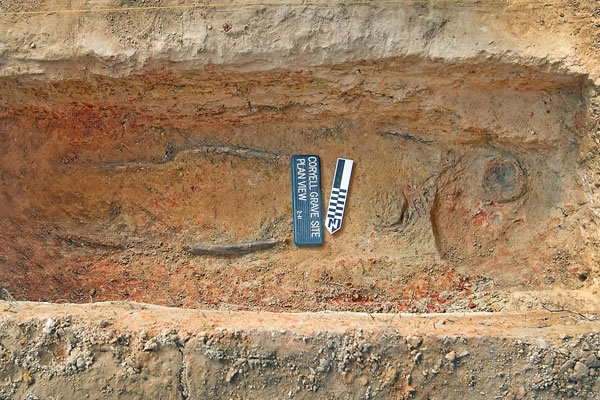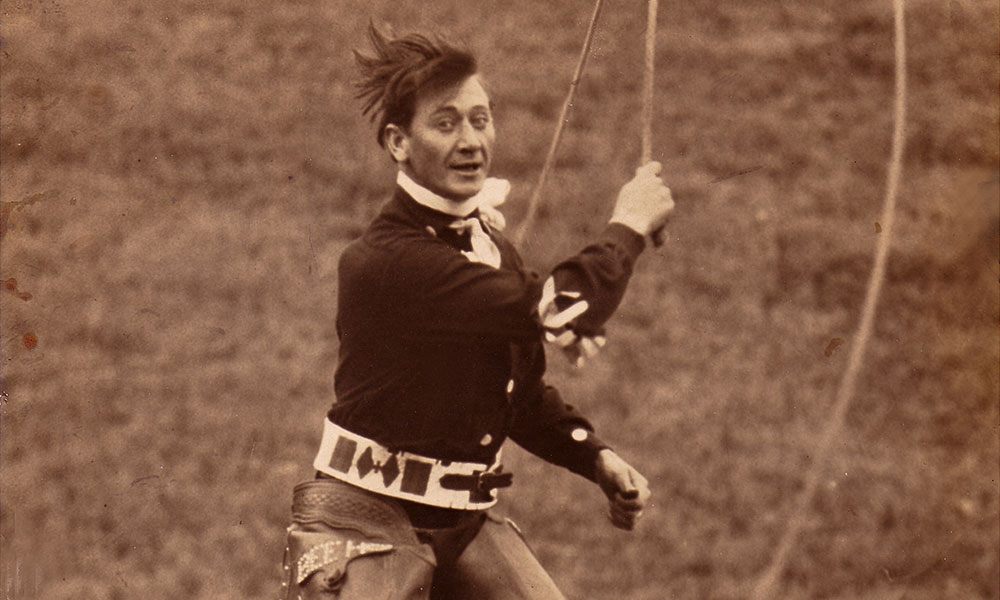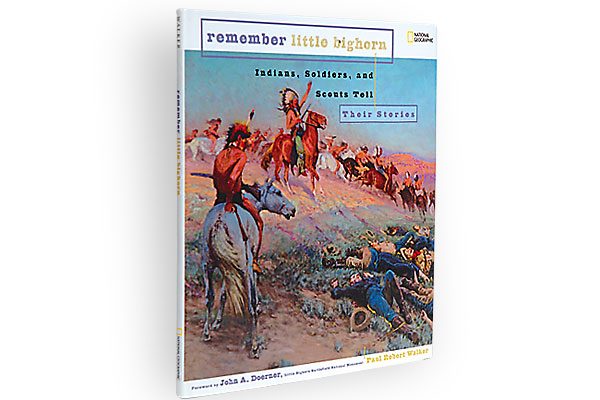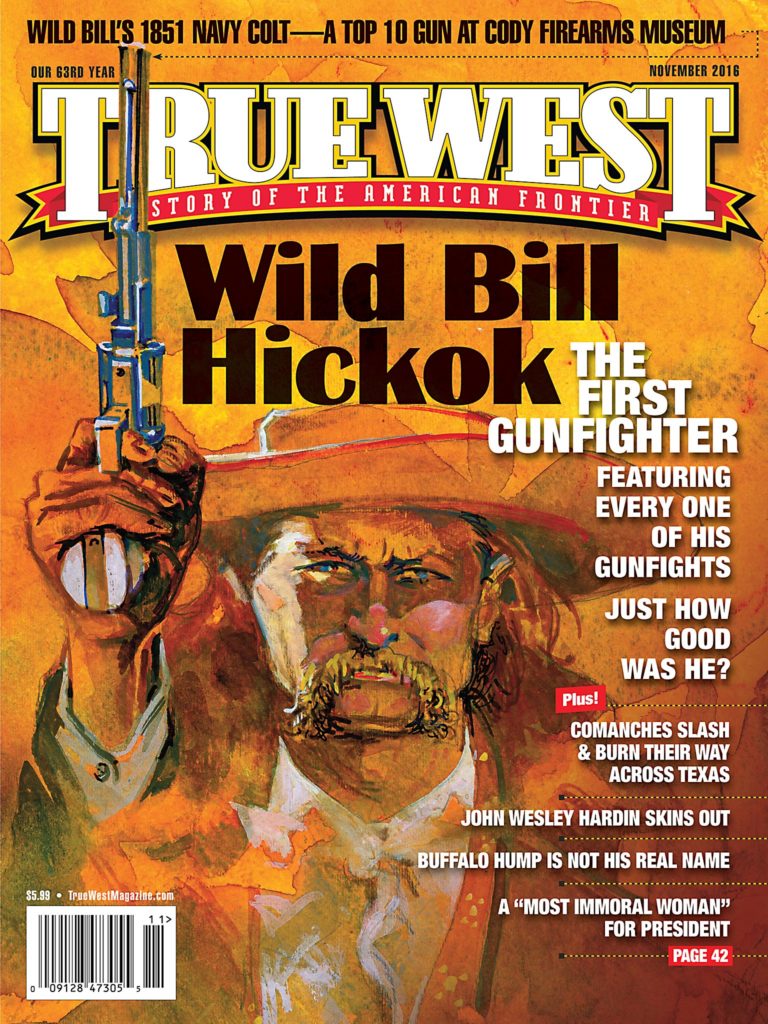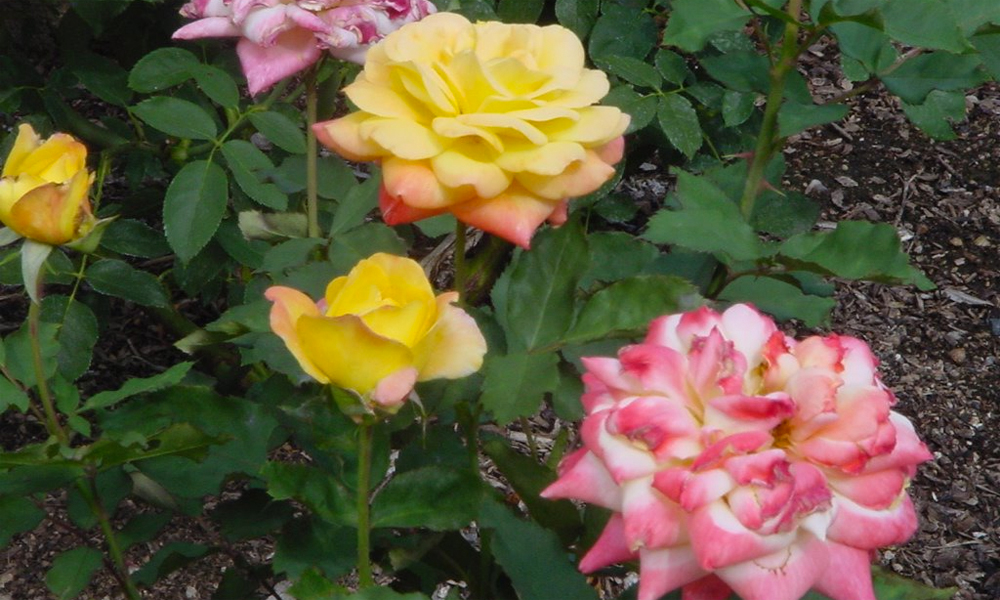 Arizona has found a particularly sweet way to commemorate its pioneer women—the Territorial Women’s Rose Garden at the Sharlot Hall Museum in Prescott. Such a garden was first proposed in 1938 to remember the many women who toughed it out in the earliest days beside their fathers and husbands and brothers—women who helped bring civilization to a territory best known for Geronimo and the Shootout at the OK Corral. It wasn’t until 1948 that the president of the Prescott Garden Club, Dorothy McMullen, presented her design for the garden to the Historical Society. The Garden Club then began preparing, planting and caring for the garden. The first memorial rose buses were planted in March of 1948 by the Yavapai Cowbells.
Arizona has found a particularly sweet way to commemorate its pioneer women—the Territorial Women’s Rose Garden at the Sharlot Hall Museum in Prescott. Such a garden was first proposed in 1938 to remember the many women who toughed it out in the earliest days beside their fathers and husbands and brothers—women who helped bring civilization to a territory best known for Geronimo and the Shootout at the OK Corral. It wasn’t until 1948 that the president of the Prescott Garden Club, Dorothy McMullen, presented her design for the garden to the Historical Society. The Garden Club then began preparing, planting and caring for the garden. The first memorial rose buses were planted in March of 1948 by the Yavapai Cowbells.
In 1974, the garden was moved so it could be seen by passers-by on Gurley Street. While originally each woman was remembered by a rose bush, today all the women are remembered by the entire garden. More than 400 women have been honored by this lovely rose garden. Each of them were Arizona residents before statehood on Feb. 14, 1912. Each of them have their own stories of tell of grit and spit and sweat and sacrifice to make a life in this rough and tumble place.
Some are names known to history, like Sharlot Mabridth Hall, a writer and poet, Arizona’s first female state historian–the namesake of the museum. Like Frances Lillian Willard Munds, who led the fight for women’s suffrage and won in Arizona’s first election after statehood, in November of 1912. Or Mary Birchett Ruffner, honored in 1940 as Arizona’s Outstanding Pioneer Club Woman, who was married to the sheriff and was one of the most beloved teachers in Prescott.
But others are remembered mainly by their families. Women like Evelyn Elnora Mackin Zuchero, who worked at the Prescott Evening Courier and was active in Prescott women’s clubs. Or women like Elizabeth Bargmann Hesser Thorne Albertson, who survived three husbands and became the owner of the Bar Circle A. Ranch in northern Arizona. Some of her personal items are now on display at the Sharlot Hall Museum.
Also honored are women like Pauline Gerhardt Rosenblatt Tovrea—her grandmother, mother and three sisters are also commemorated in the garden–who was a gifted musician, journalist and dog breeder. “Fritzie,” she was called. She graduated with a degree in music from the University of Arizona in 1927, and was offered a scholarship to the Julliard School of Music in New York City, but declined to stay home and marry J. Howard Tovrea, an architect who designed everything from the Arizona Inn in Tucson to many facilities for the U.S. Park Service. The couple lived in Panama when Howard was brought in as an engineer to make the canal works bomb proof. During that time, Fritzie wrote for papers in Panama and the U.S.
The Rose Garden Collection includes biographical information on all 400 honorees, along with family manuscripts and photographs. The Rose Garden continues to include more women, who usually are nominated by descendants.
A stroll through its pleasant paths gives visitors a sweet sense of one state’s love and respect for those courageous pioneer women.


